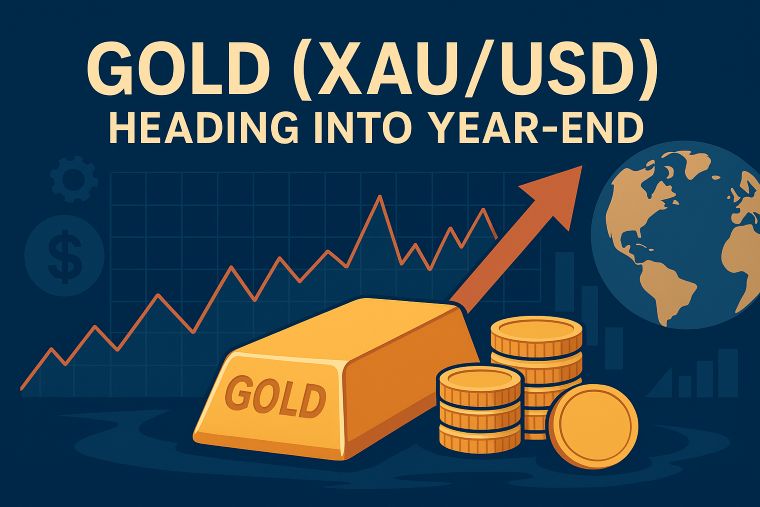3 min to read
The US dollar experienced a pronounced surge in selling pressure against the Japanese yen
as the trading session drew to a close.

“As the trading session drew to a close, the US dollar experienced a pronounced surge in selling pressure against the Japanese yen, resulting in a retreat to the 145 yen range”
While no specific catalyst emerged, the broader situational context appears to correlate with the extended downturn of the Nasdaq and Dow averages in the US stock market, potentially instigating an atmosphere of heightened risk aversion.
Following a session of dollar purchasing in response to the FOMC minutes released the prior day, momentum has decelerated, applying downward pressure on the dollar-yen pair. Although the pair briefly ascended to the mid-146 yen range during the Tokyo session, it encountered selling pressure upon the opening of overseas markets, leading to a minor struggle at approximately 145.60 yen. Notably, a swift rebound to the 146 yen level was observed, aided by the upswing in US Treasury yields.
Amid lingering market caution regarding prospective intervention, the prevailing sentiment currently suggests that the Ministry of Finance is disinclined to enact intervention measures. The Japanese authorities prioritize a judicious response to excessive market movements rather than actively steering the yen exchange rate. In this context, the present pace of yen depreciation remains relatively measured compared to the interventions witnessed in the preceding September and October. Furthermore, both options market volatility and import prices are presently lower than their levels during the corresponding period last year. Additionally, the political pressures are notably diminished compared to the previous year.
It is of significance to highlight that Japan’s GDP for the April-June interval, recently unveiled, surprisingly exhibited a robust 6.0% growth on a quarter-on-quarter basis. This upswing can be attributed to factors including net exports and inbound tourism, while the mitigation of supply chain issues and the impact of yen depreciation have also contributed significantly.
Shifting our attention to the euro-dollar (EUR/USD) pair, its downward trajectory has shown a degree of hesitancy, although its upward impetus remains restrained. The pair has consistently marked new lows throughout July. Presently, the 200-day moving average hovers around $1.0790, with indications suggesting that the pair might test this threshold in the near future.
Several analysts posit the possibility of an upward trend in the latter part of the year for the euro-dollar pair. Notably, the catalyst behind this prospective shift is not solely rooted in the economic vitality of the Eurozone, but rather in the perceived waning attractiveness of the US dollar. Apprehensions concerning an economic deceleration, primarily concentrated around Germany within the Eurozone, have intensified. This has led to a prevalent view that the European Central Bank’s interest rate hike campaign could terminate earlier than initially anticipated. Consequently, there seems to be relatively limited incentive for active euro acquisition.
Pivoting to the pound-dollar (GBP/USD) pair, there has been a resurgence in buying interest, momentarily propelling the pair to approximately $1.2785. Notably, although the 21-day moving average for the day is situated at approximately $1.2775, instances of the pair surpassing this level have been witnessed.
While the pound’s behavior diverges from that of the euro, the market’s anticipation of three additional rate hikes by the Bank of England lends support to the pound’s downside. This projection is underpinned by recent wage data and inflation indicators, which underscore the Bank of England’s stance on the necessity for further tightening measures.
Visit XM Official Website.

